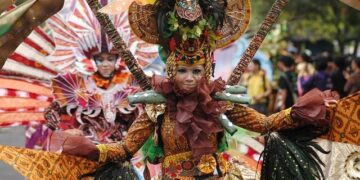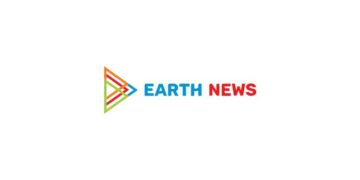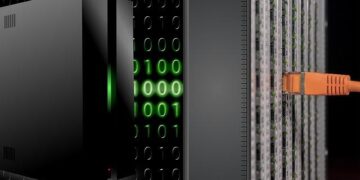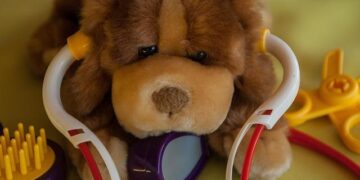Exploring Autism Spectrum Disorder: Insights and Future Directions
In recent times, autism spectrum disorder (ASD) has gained significant recognition, moving beyond the realm of misconceptions to become a focal point for researchers, educators, and families globally. Affecting approximately 1 in 34 children in the United States, this intricate condition has prompted an expanding array of studies aimed at deciphering its complexities. Despite notable progress in our comprehension of autism, numerous inquiries regarding its origins, traits, and optimal treatment methods persist. This article examines the latest scientific insights into autism as reported by The Washington Post while emphasizing both established knowledge and areas that require further exploration regarding this multifaceted condition impacting millions.
Scientific Insights into Autism
The field of autism research has made remarkable strides recently, illuminating the complex neurological and genetic foundations of this disorder. Current findings indicate that autism is not merely a single diagnosis but rather a spectrum encompassing various neurodevelopmental conditions with symptoms that can differ widely among individuals. This understanding has led scientists to investigate several contributing factors to neurodiversity:
- Genetic Factors: Numerous genes linked to autism have been identified, suggesting a hereditary aspect.
- Environmental Factors: Research is ongoing into prenatal influences such as advanced parental age and exposure to certain environmental toxins.
- Neurological Differences: Brain imaging techniques reveal both structural and functional variations in the brains of those with autism.
Despite these advancements in knowledge, significant gaps remain concerning our understanding of ASD. For example, how genetic predispositions interact with environmental elements is still unclear. Furthermore, there is a scarcity of comprehensive studies addressing the entire spectrum of autism—especially regarding how different forms manifest across various age groups and cultural contexts. This complexity highlights the necessity for continued research efforts. Below is an overview summarizing what we currently know versus what remains uncertain:
| Certain Knowledge | Unanswered Questions |
|---|---|
| The nature of autism encompasses diverse symptoms across individuals. | The extent to which genetics versus environment influences development. |
| A range of genetic markers correlates with autistic traits. | The interaction between these genetic markers and environmental factors remains unclear. |
| Autistic individuals often exhibit unique strengths alongside challenges. | The most effective support strategies tailored for varying cultures and ages are still being explored. |
Debunking Myths Surrounding Autism Spectrum Disorder
Navigating through Autism Spectrum Disorder (ASD) can be challenging due to widespread myths overshadowing factual information. A prevalent misconception suggests that people on the spectrum are incapable of forming emotional bonds; however, many experience profound emotional connections expressed differently than neurotypical individuals might expect. Another common myth posits that all autistic persons possess extraordinary abilities akin to savants; while some may demonstrate exceptional skills or talents, it’s crucial to acknowledge that capabilities vary significantly among those diagnosed with ASD.
This ongoing research continues unveiling layers within the complexities surrounding autism; nevertheless, several aspects remain ambiguous. For instance:
- Certain Fact: Autism manifests uniquely across each individual due to its spectrum nature.
- Certain Fact: Early intervention strategies can substantially enhance outcomes for children diagnosed with ASD.
- Persistent Inquiry:
- Persistent Inquiry:
Strategies for Supporting Individuals on the Spectrum
A holistic approach is essential when supporting those affected by autism—one that acknowledges their distinct strengths alongside challenges they face daily.
One effective method involves creating, which promote routine & predictability—this practice can alleviate anxiety levels while enhancing focus.
Additionally,< strong visual aids, including schedules or communication boards help facilitate engagement & comprehension effectively.
It’s also vital adopting person-centered methodologies focusing on individual preferences/interests/abilities when tailoring interventions accordingly.
Collaboration between caregivers/educators/therapists plays an integral role in fostering inclusive settings where empowerment through< strong skills training, particularly targeting social interactions & communication leads towards greater independence over time.
Moreover,< strong community awareness& understanding cultivates acceptance while diminishing stigma associated around disabilities like ASD
By actively learning from lived experiences shared by autistic individuals themselves—and responding appropriately—we build supportive networks benefiting not just them but enriching society overall.
Looking Ahead: The Path Forward
Our grasp on understanding aspects related towards autism remains intricate—a tapestry woven together from established facts intertwined alongside unresolved mysteries yet awaiting discovery! While advancements made thus far illuminate key components surrounding conditions such as genetics early detection effective therapies gaps persist requiring attention! As researchers delve deeper exploring nuances inherent within each facet comprising this vast landscape—it becomes imperative society fosters environments embracing diversity advocating informed policies supporting families impacted directly by these disorders! Through continuous dialogue/research endeavors—we aspire unravel intricacies embedded throughout journey ahead ensuring brighter futures await all involved!
`































